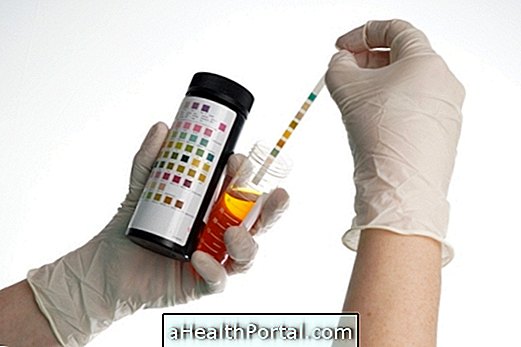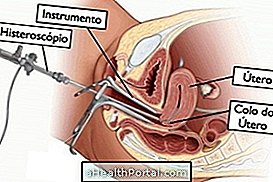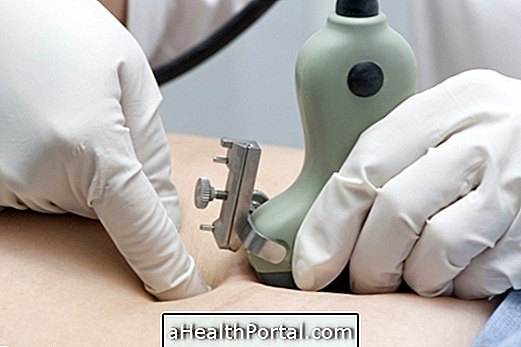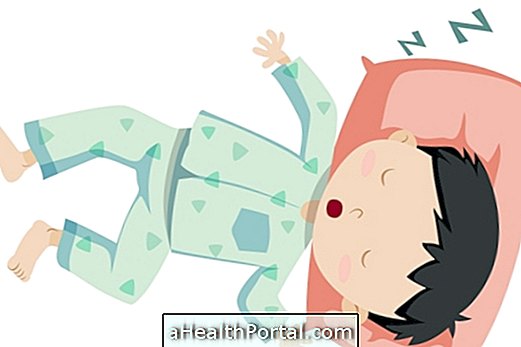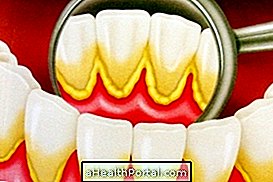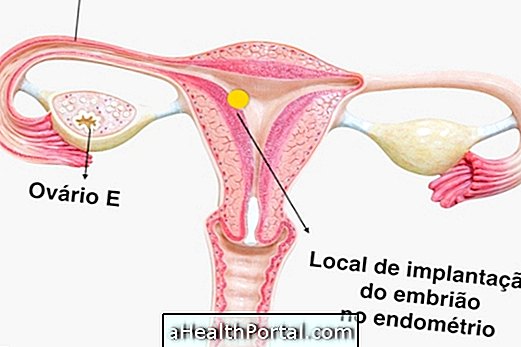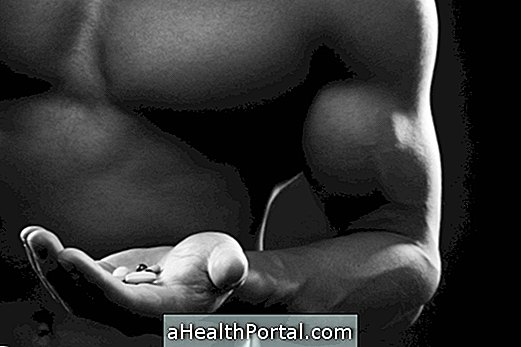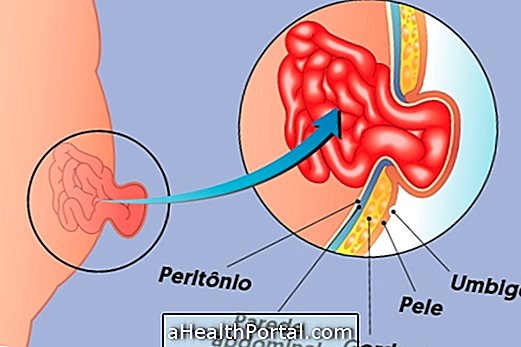To do the breast self-examination is necessary to follow three main steps that include doing observation in front of the mirror, palpating the breast of the foot and repeat the palpation lying down.
Breast self-examination is not considered one of the preventive tests for cancer, but it can be done once a month, every month, between the 3rd and 5th day after menstruation, which is when the breasts are more flaccid and painless, or on a fixed date in women who no longer have menstruation. Although the examination does not allow the diagnosis of cancer, it helps to know the body better, allowing you to be aware of possible changes that may arise in the breast. See the 11 signs that may indicate breast cancer.
All women after the age of 20, with a case of cancer in the family, or over the age of 40, without a case of cancer in the family, should undergo breast self-examination to prevent and diagnose breast cancer early. This examination can also be done by men, since they can also suffer from this type of cancer, presenting similar symptoms. Learn more about male breast cancer.
Step-by-step to do breast self-examination
To properly do the breast self-examination, it is important to do the evaluation in 3 different moments: in front of the mirror, standing and lying down, following the following steps:
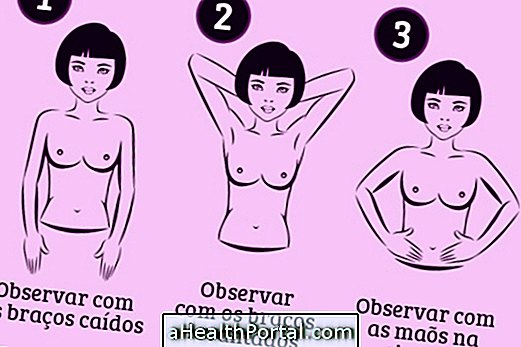
1. How to make the observation in front of the mirror
To make the observation in front of the mirror you must remove all the clothes and observe following the following scheme:
- First, observe with drooping arms;
- Then raise your arms and look at your breasts;
- Finally, it is advisable to place your hands on the basin, pressing to see if there is any change in the surface of the breast.
During observation it is important to evaluate the size, shape and color of the breasts, as well as bumps, lowering, protrusions or roughness. If there are changes that were not present in the previous examination or there are differences between the breasts it is recommended to consult the gynecologist or a mastologist.

2. How to do foot palpation
Foot palpation should be done during bathing with wet body and soapy hands. For this it is due to:
- Raise left arm by placing hand behind head as picture 4 shows;
- Carefully palpate the left breast with the right hand using the movements of the image 5;
- Repeat these steps for the breast on the right side.
The palpation should be done with the fingers of the hand together and stretched in circular motions throughout the breast and from top to bottom. After palpation of the breast, one should also press the nipples gently to see if there is any liquid outlet.
3. How to palpate lying down
To palpate lying down, you should:
- Lay the left arm on the back of the neck as shown in figure 4;
- Put a cushion or towel under the left shoulder to be more comfortable;
- Palpate the left breast with the right hand, as shown in figure 5.
These steps should be repeated on the right breast to complete the evaluation of the two breasts. If it is possible to feel changes that were not present in the previous exam it is recommended to consult the gynecologist to make diagnostic tests and identify the problem.
Watch the following video and clarify your questions about breast self-examination:

What are the warning signs
Breast self-examination is a great way to know the anatomy of your breasts, helping to quickly identify changes that may indicate the development of cancer. However, it can also be a method that causes a lot of anxiety, especially when you find some change.
Thus, it is important to know that the presence of small nodules in the breast is relatively common, especially in women, and does not indicate that a cancer is developing. However, if this lump increases over time or if it causes other symptoms, it may indicate malignancy and should therefore be investigated by a physician. The symptoms to watch out for are:
- Changes in breast skin;
- Increase in one breast;
- Redness or changes in breast color.
While in women, mammography is the best way to identify a possible malignant change in men, the best examination is palpation. However, if the man identifies any changes, he should go to the doctor so that he can also palpate and ask for other tests if necessary.
Understand when the breast lump is not severe.
